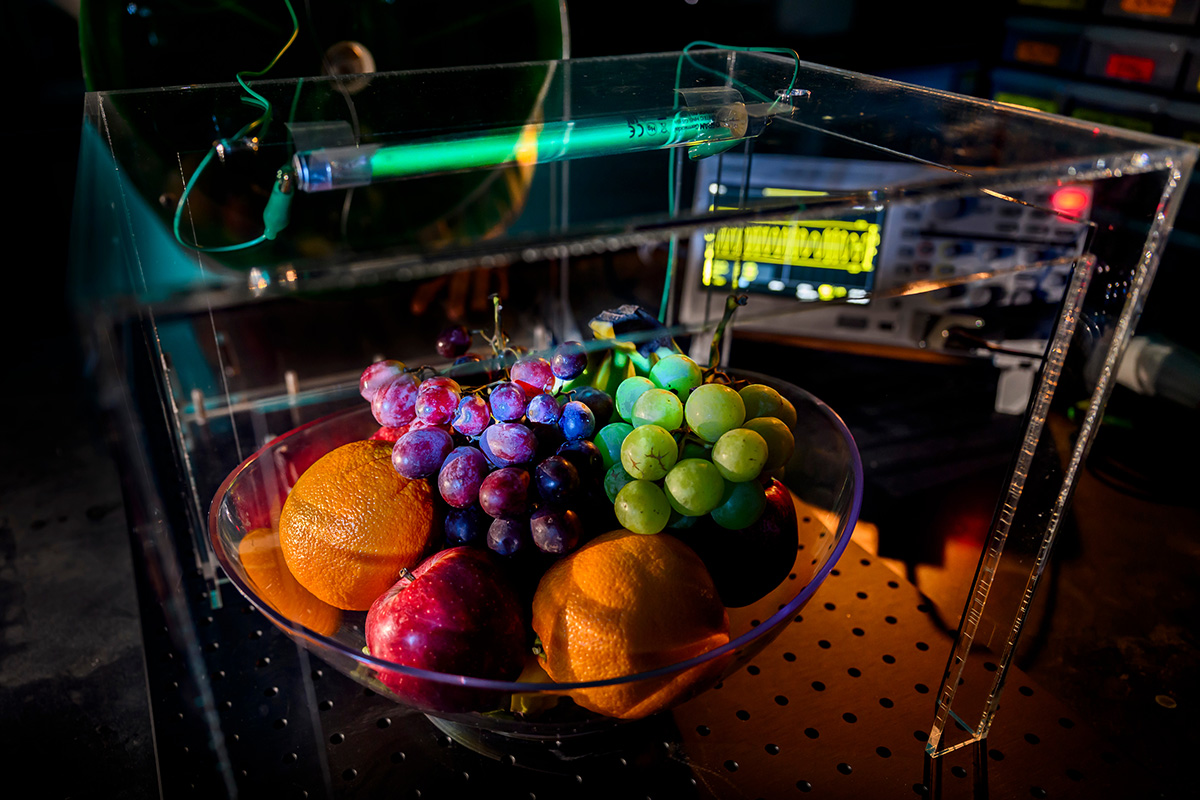Can bacteria that live at the bottom of the ocean provide secrets for how to boost the efficiency of solar panels? Certain bacteria can use photosynthesis to harvest 100 percent of the trace amounts of light they encounter.
Bacteria that live almost a mile under the surface of the ocean, where light is scare, have adapted biological ways to harness tiny amounts of light very efficiently, and in some cases can use photosynthesis to convert 100 percent of the light they find into electricity. In contrast a typical solar panel commonly converts around 15 percent of sunlight into electricity.
Now researchers at the University of Cambridge are studying the light-harvesting proteins of the deep sea Green Sulfur Bacteria to see if they can provide breakthroughs for solar energy and other electricity devices. The research is in an area called quantum biology, and the scientists say it falls outside of ‘classical’ physics, and into quantum physics.
Organisms that do photosynthesis use a network of pigments held in place by protein structures, or what scientists call pigment-protein complexes, where electrons are harvested. In many organisms as the electrons move through these systems they lose energy. But in the Green Sulfur Bacteria they are able to move electrons through their photosynthesis system to the point of harvest without losing that energy on the way.
Raising the efficiency of solar cells (which make up solar panels) is very important work for solar companies. The higher the efficiency of the cells, the more electricity can be created by the panel and the fewer cells and panels needed.
Read more . . .
via GigaOm – Katie Fehrenbacher
The Latest Streaming News: Breakthroughs for solar panels updated minute-by-minute
Bookmark this page and come back often
Latest NEWS
Latest VIDEO









